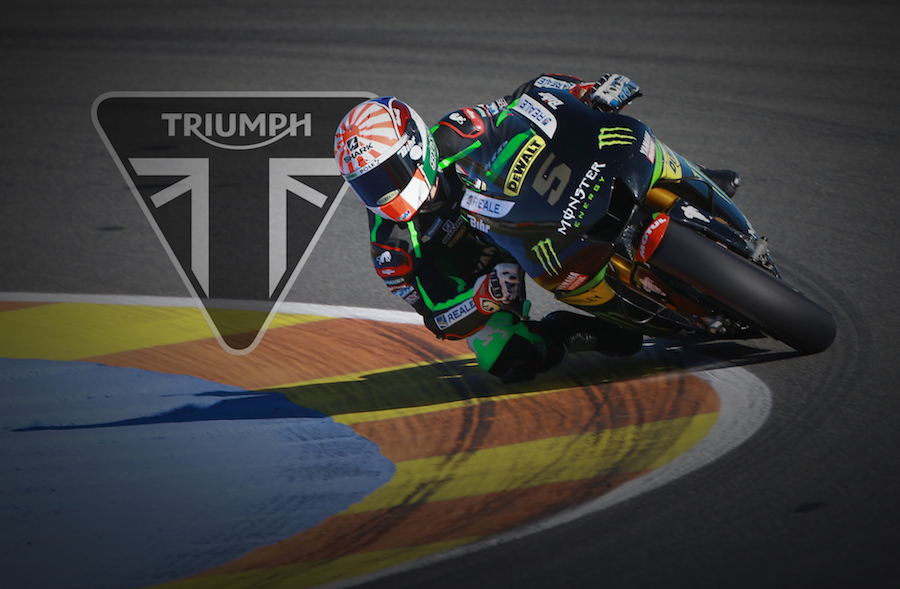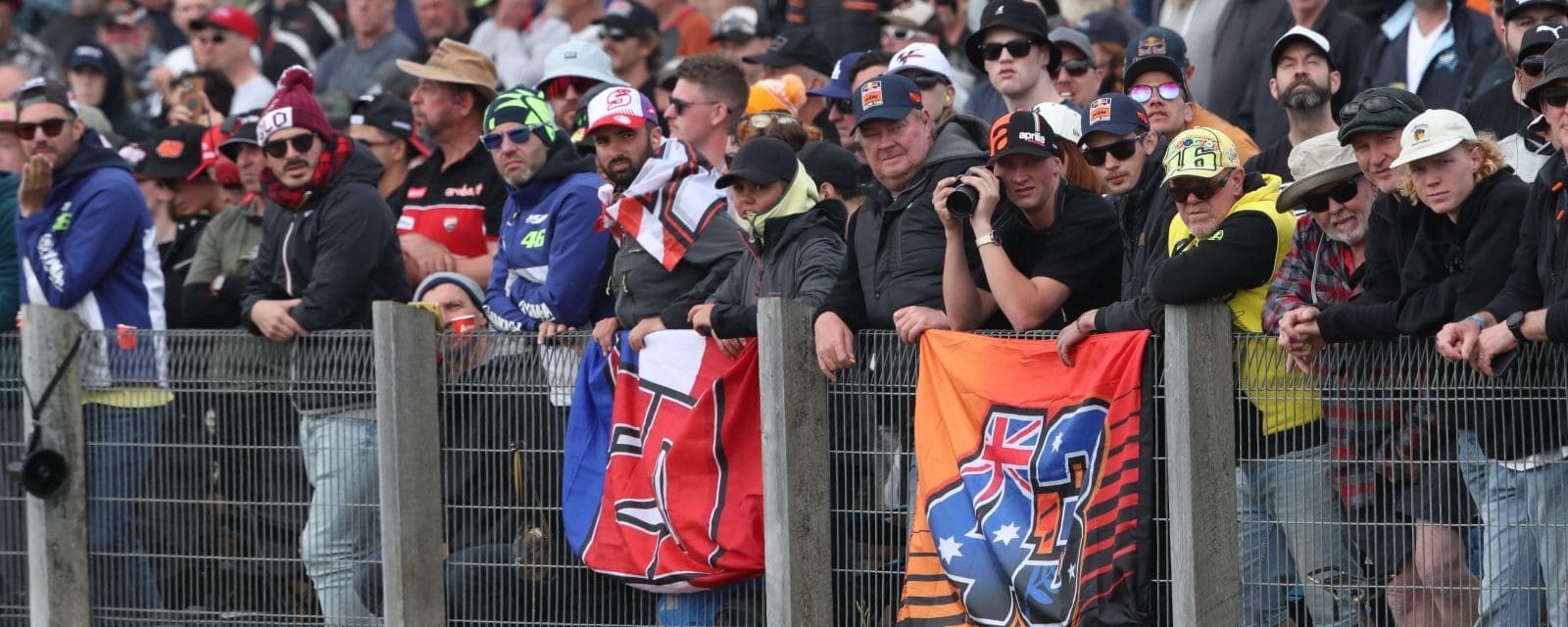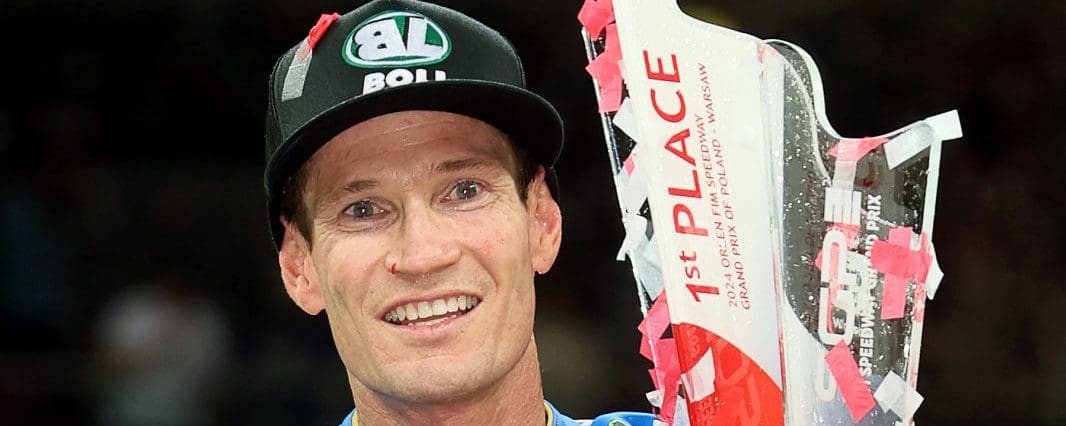Commentators no doubt wiser than I have waxed lyrical about the return of Triumph to GP racing, when the historic British marque becomes Moto2 engine supplier in 2019.
I am here to play dog in the manger. And to tell anyone sharing that sentimentality not to be so silly.
Triumph is just a name, and its heritage has nothing to do with modern Triumphs – or even much with World Championship GP racing.
Likewise, Triumph will do little to add depth or character to Moto2. The class will remain not only a fancy-dress party for road engines, but a talent graveyard for all too many good riders.
I can explain.
Recently I met a current Triumph Bonneville in a carpark – looking almost exactly like those paragons of power of the 1950s and 1960s. A modern motorbike, in retro guise.
Its proud owner walked up, and started bragging. Curmudgeon that I am, I’m afraid I had to puncture the balloon. It looks right, I agreed … except for those jarring welded seams plainly visible under the fuel tank. The original had a perfectly smooth curve ’round the bottom. The modern tank looks all wrong.
He agreed, but riposted: “The pistons go up and down alternately instead of together. That means it doesn’t leak oil.”
“No,” I replied. “That means it sound like a Honda.”
“It is the horizontally split crankcases, plus better quality alloys, gaskets and manufacturing techniques that stop it leaking oil.”
By now thoroughly ashamed, he wordlessly donned his replica open-face helmet, folded his white sea-boot stockings over the top of his boots, and rode away.
Or, more likely, thoroughly pissed off, narrowly avoided punching me.
But I defend my position.
Modern Triumph has as much to do with the ancient marque as a rebadged Aprilia with a Spondon chassis does at the TT, where it is called Norton. It’s claptrap.
Truth is, a clever industrialist called John Bloor purchased the name Triumph and then made proper modern bikes much in the Japanese mode. To meet the demands of a blinkered buying public, he put some of his models in clothing that harked back to quite different glory days for the brand. This achieved great marketing success. Good luck to him.
But a pitying shake of the head for the sentimentality that made people buy them.
Now we come to Moto2, which in 2018 will switch from its mildly tuned four-cylinder Honda CBR600 engines to mildly tuned three-cylinder Triumph 750 engines. In each case, to reduce costs and ensure they are identical, supplied by Dorna.
As now, like that Bonnie, these roadbike engines will be in fancy dress – full-race chassis, suspension and bodywork. And be straddled by full-race riders, including a number of past world champions.
With three cylinders, they will sound a little deeper, and with that tantalising twang of odd numbers of cylinders (like the Aprilia ‘Cube’ triple back in 990 days, and the alluring five-cylinder Honda).
But I’m afraid that’s not going to help Moto2 sound much better.
As now, every bike will sound quite identical to the next.
More tellingly, stuck with roadbike gear ratios and stuck in queues all going the same speed, they’re all doing the same revs.
As we’ve learned from a gang of Hondas doing the same thing, the sound is more irritating than inspiring, and more fitting to a one-make learner series than a World Championship GP class.
I realise Moto2 has fans. Not least team owners, whose financial outlay on engines is capped, along with a number of other costs in a highly homologated set of regulations.
And even some spectators. Apparently.
It’s the riders I feel sorry for.
And putting them on Triumphs in fancy dress isn’t going to make any difference to that.
In Pit Lane by MICHAEL SCOTT













